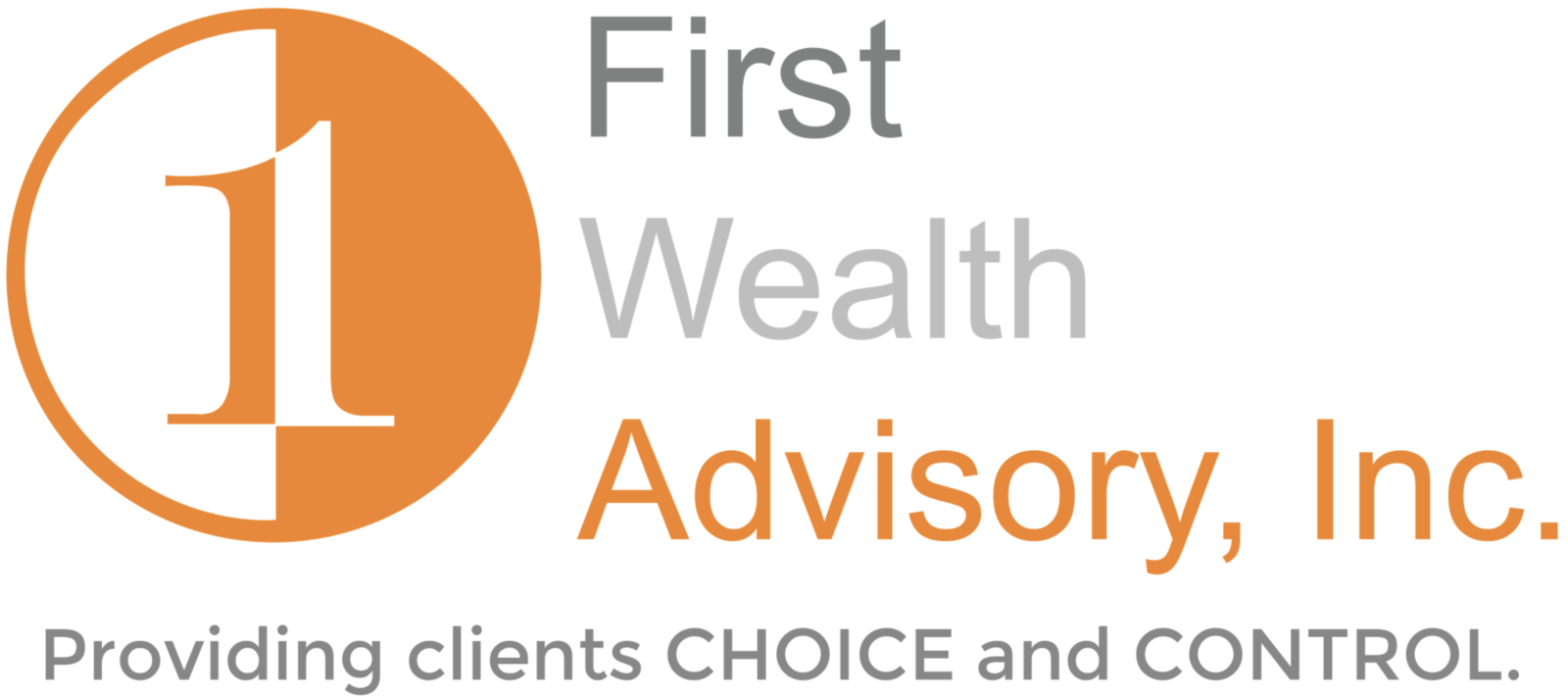Chris DeLarme | Jun 02 2025 14:00
Roth conversions have been getting more attention in recent years—and for good reason. When used strategically, converting some of your traditional IRA or 401(k) funds to a Roth IRA can help reduce future tax liabilities and give you more flexibility in retirement.
But there’s a catch: it only works when the timing is right.
What is a Roth Conversion?
A Roth conversion means transferring money from a pre-tax retirement account—like a traditional IRA or 401(k)—into a Roth IRA. That money will be taxed as ordinary income in the year of the conversion, but once it’s in the Roth, future growth and qualified withdrawals are tax-free.
It’s a trade-off: pay some tax now to avoid potentially more tax later.
When a Roth Conversion Might Make Sense
Here are a few situations where a Roth conversion could be beneficial:
- You’re in a lower tax bracket now than you expect to be in the future
- You have room before crossing into a higher tax bracket this year
- You want to reduce future Required Minimum Distributions (RMDs)
- You’re planning for tax-free income during retirement
- You don’t need the converted funds for at least five years
This is especially relevant for pre-retirees in the St. Charles, Geneva, and Batavia areas who may be in their peak earning years now but expect lower taxable income in early retirement.
Why Timing & Planning Matter
Doing a Roth conversion without a clear plan can backfire. If you convert too much in one year, you may push yourself into a higher tax bracket and end up paying more in taxes than you save.
That’s why we typically model several scenarios using financial planning software like RightCapital, which lets us see the impact of a conversion on your future income, tax rates, and investment longevity.
Roth conversions can be a great tool—but they’re not a fit for everyone. The right strategy depends on your income, retirement timeline, tax picture, and financial goals.
